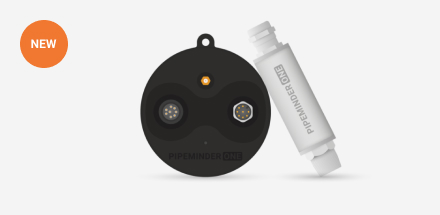
Western Lake Superior Sanitary District
WLSSD – Monitoring System Provides Cost-Saving Data to Extend Asset Life

The South East Water leakage team came to Syrinix to look at new ways of understanding what was going on within their pressure zones
The objective of South East Water was to mitigate the impact of transient events and to optimise their network, whilst also detecting and understanding more about any anomalous activity.
This was in support of the recent PR19 (UK regulatory requirements) submission and SMART network pilot and targeting a reduction in leakage aligned to the corporate ‘Drive to 85’ driver. The simple aim being to get leakage down to 85MLD.
South East Water were keen to discover how high-resolution pressure monitoring could inform and expand knowledge on event detection.
Different scales and types of events such as bursts, breaches, flow restrictions and valve operations were simulated on the network to get field results on detectability and within that an understanding of how far the wave would travel.
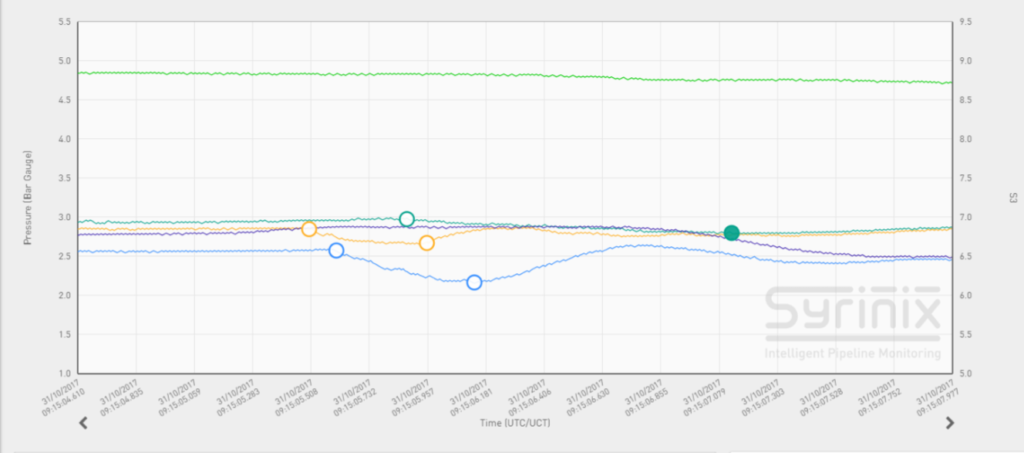
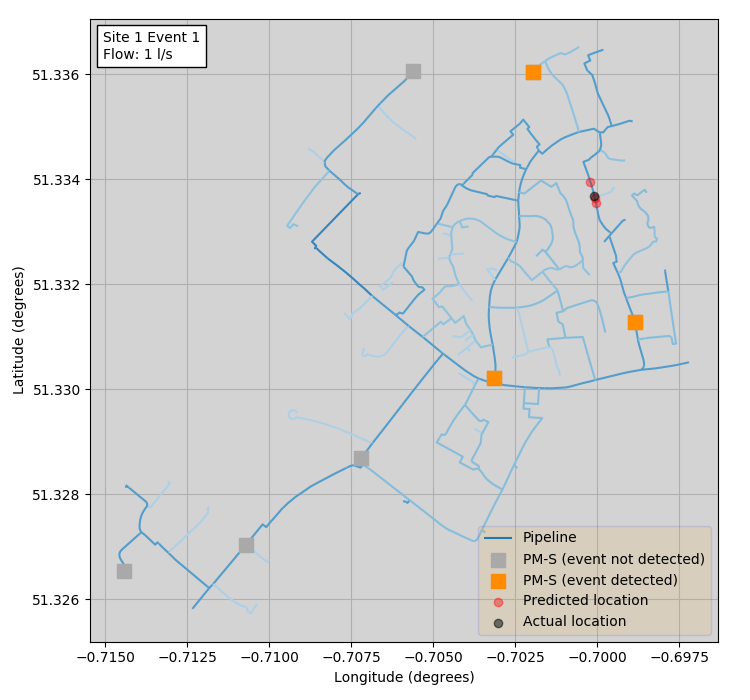
Burst events were simulated, using a modified standpipe, at multiple locations across the DMA. The captured event data was used to validate the detectability of the events, improve the amplitude decay model and test the event triangulation algorithms.
Syrinix analysts used the captured data from PIPEMINDER-S sensors, and GIS to calculate the source of the burst event (triangulation).
Many simulated events were conducted at different locations across two different DMAs, to investigate different network structures, pipe material and dimensions. The results giving a clear view on the size and scale of events that could be detected against the sensor deployment plan.
The project delivered an improved understanding of transient event detection, wave propagation (amplitude decay) and event triangulation analysis.
This has led to the development of deployment planning tools, to position devices against a set objective and automated event triangulation, position confidence and size estimation on RADAR.
Add in the implementation of a deployment tool that can be used to plan the network and you have a major step forward towards a live operational system.

WLSSD – Monitoring System Provides Cost-Saving Data to Extend Asset Life
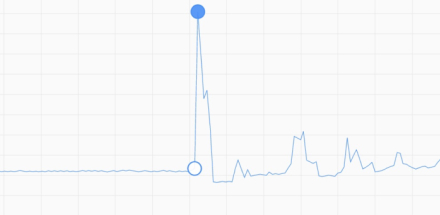
How transient investigations solved main break issues at LVVWD
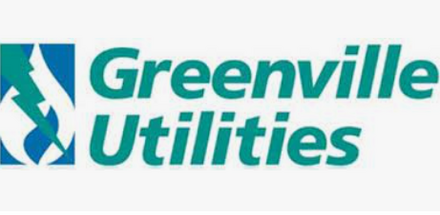
Optimizing Pressure Transient Monitoring With Data-Driven Monitor Placement.
Leave your details and we will be in touch.